top of page
maribastashevski at gmail.com
ABOVE AND BELOW : ROOTS VINES AND OTHER NETWORKS OF VERTICAL TIME
2023 - 2024
In 2023, the Academie van Bouwkunst asked me to lead the Winter School for first-year Master students in Architecture, Landscape Architecture and Urban Design. I invited the students to explore ten specific frameworks for working with other-than-human time. This manuscript consolidates the questions, prompts, process and a review of the works we created together during this time into a guide for entering into and strengthening interspecies agreements.
Book Design: Antoine Iweins
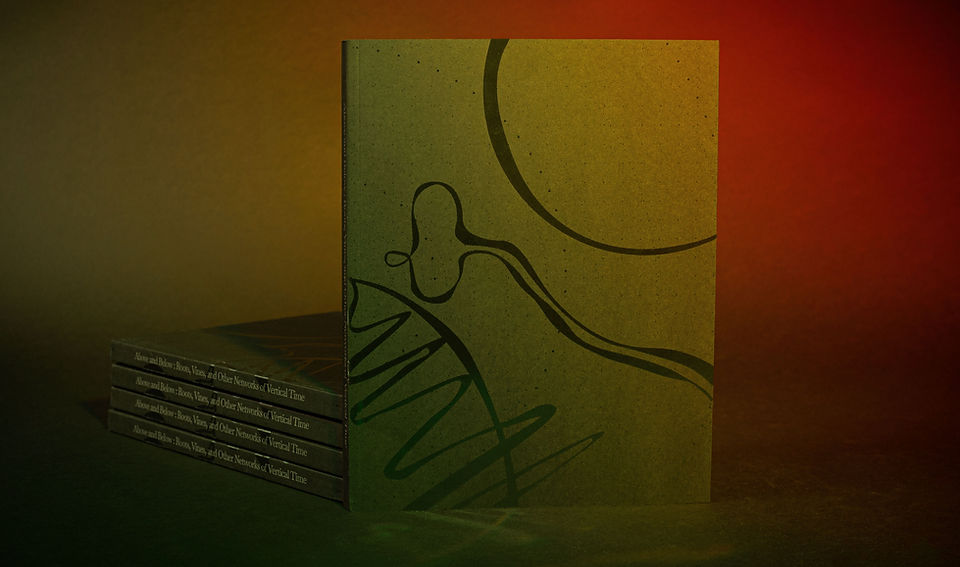
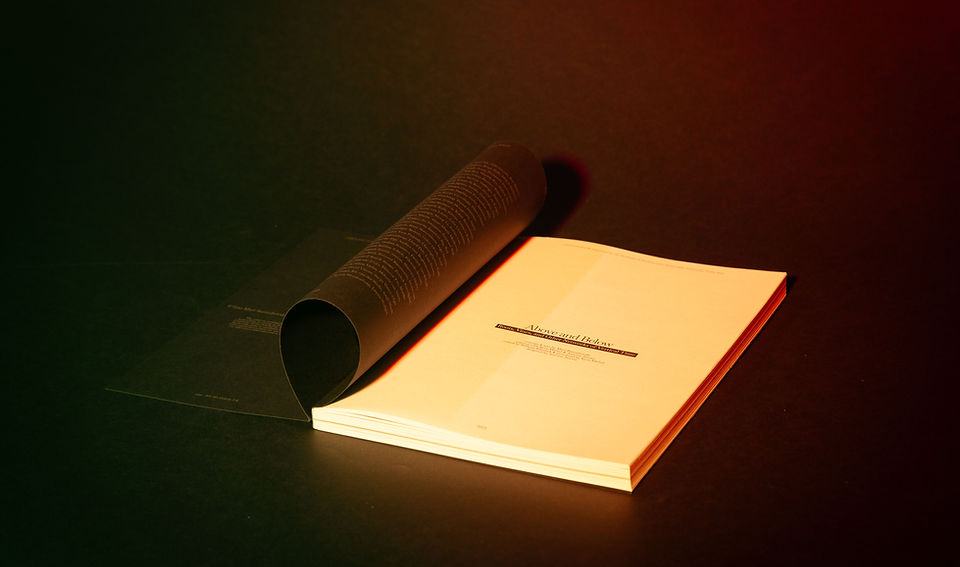
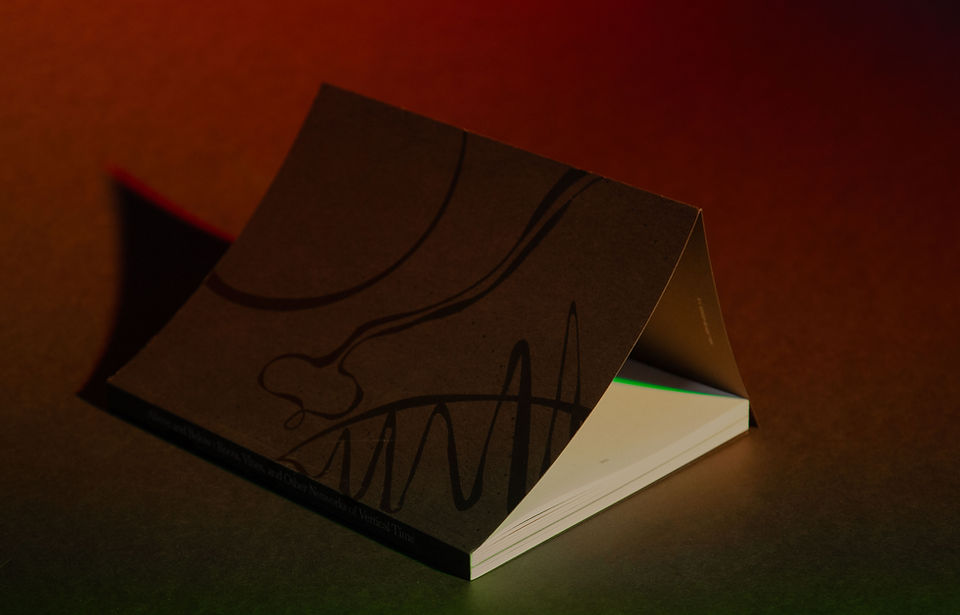
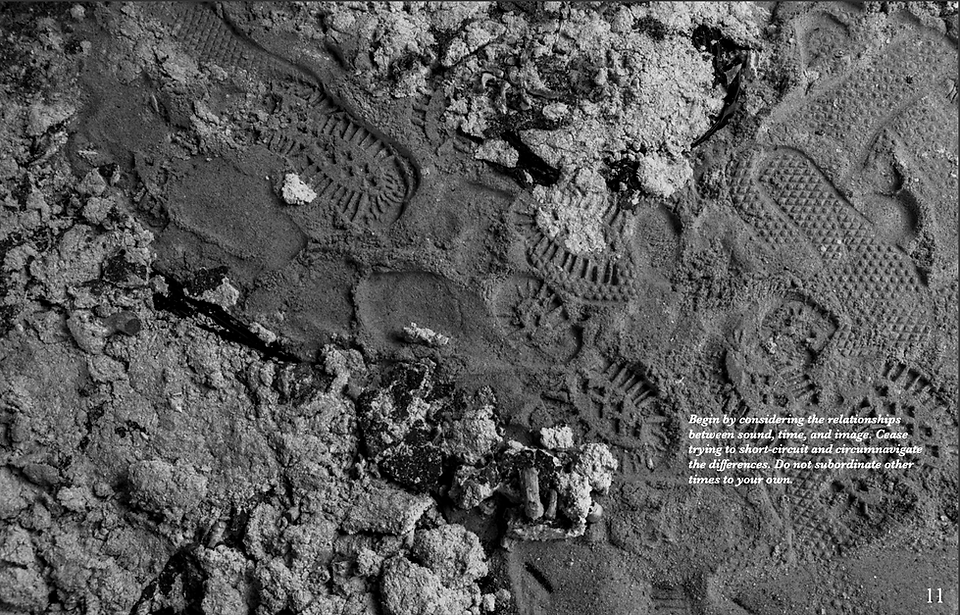
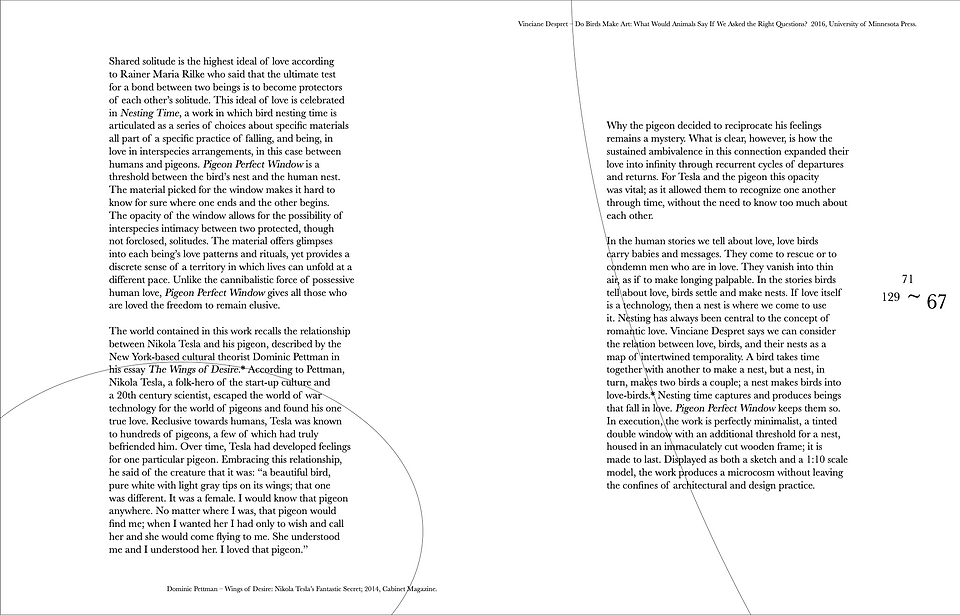

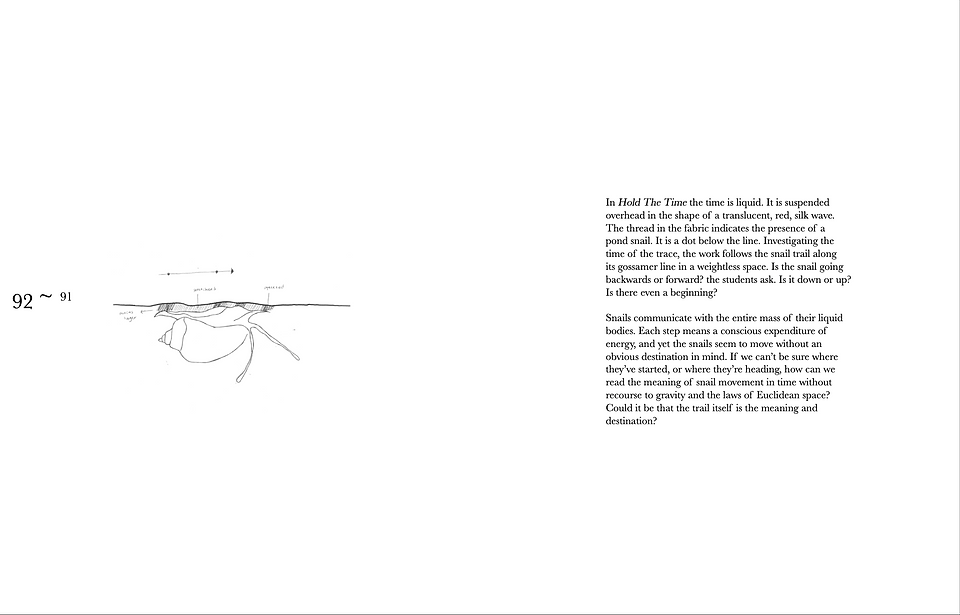

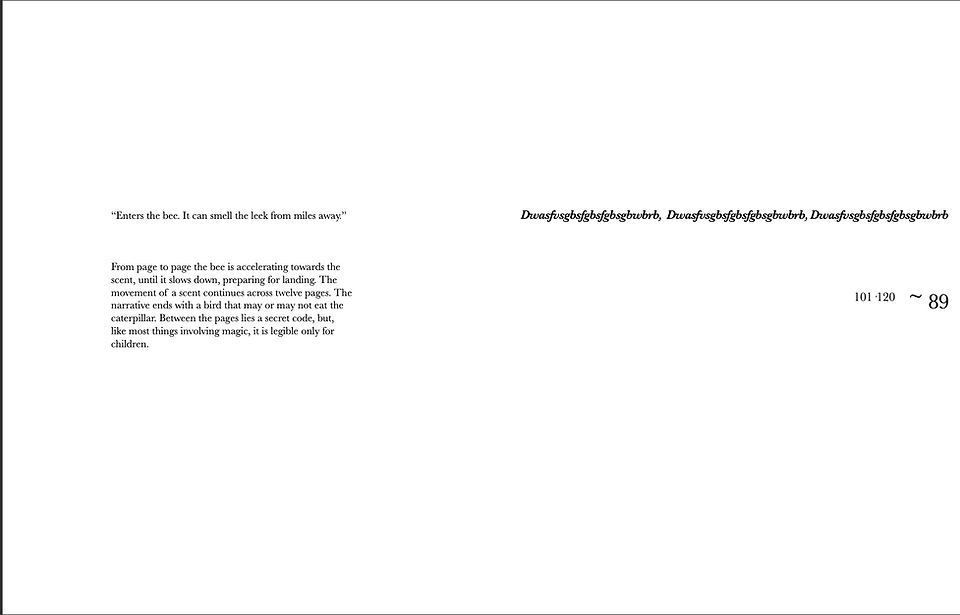

bottom of page